The lens that speaks for the forest: A teen on a mission to save the Sundarbans
The lens that speaks for the forest: A teen on a mission to save the Sundarbans
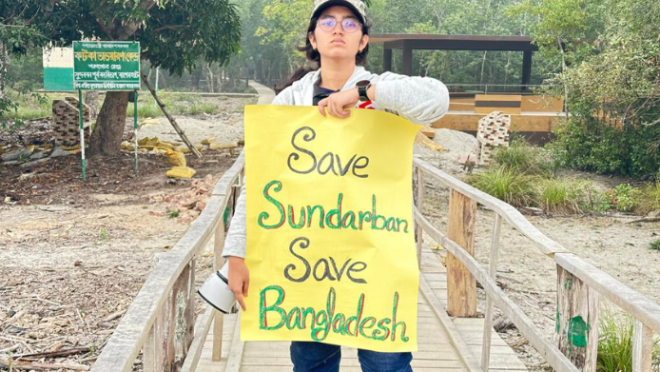
On a chilly morning in December, when most of her class peers were burying themselves into beds or textbooks, Tasfia Tahsin Purnata packed her camera and a notebook full of ideas. For months now, the Sundarbans has been calling her- an ancient, breathing wilderness at the edge of Bangladesh, whose voice she felt was growing faint under the hum of tourist boats and industrial shadows. This wasn’t a school trip, nor was it a family getaway. Tasfia was going into the woods on a mission.
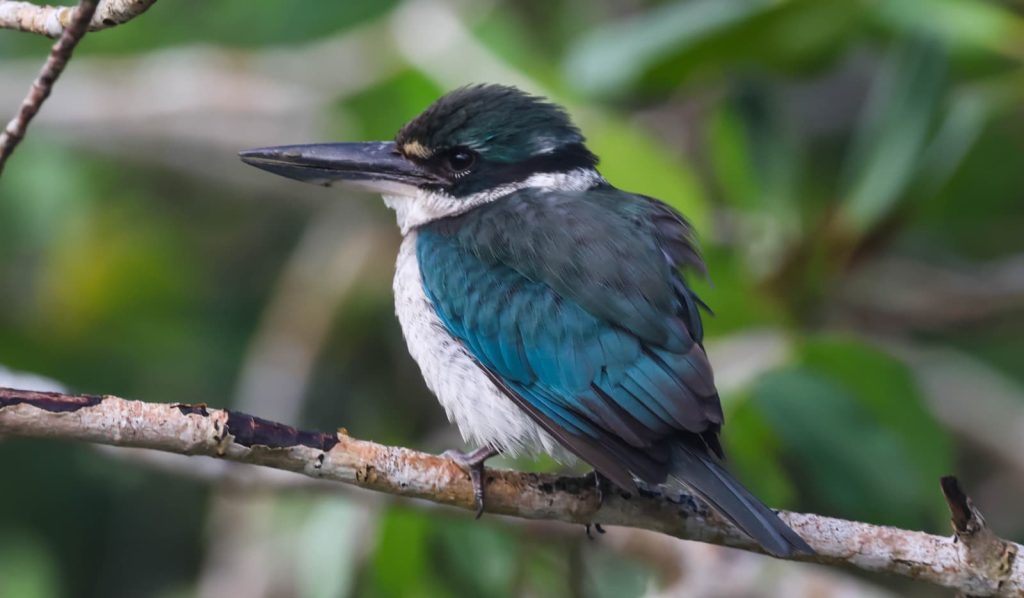
Tasfia is no ordinary teenager; this 12th-grader of Bir Sreshtha Noor Mohammad Public College, unlike other students getting stressed over exams and university preparations, has found her rhythm in the rustling of leaves and chirping sounds of birds in the Sundarbans. She plunged into the heart of the forest from 12 to 14 December, not as a tourist but as a storyteller on a mission to capture the whispers of the wild and echo them across the world.
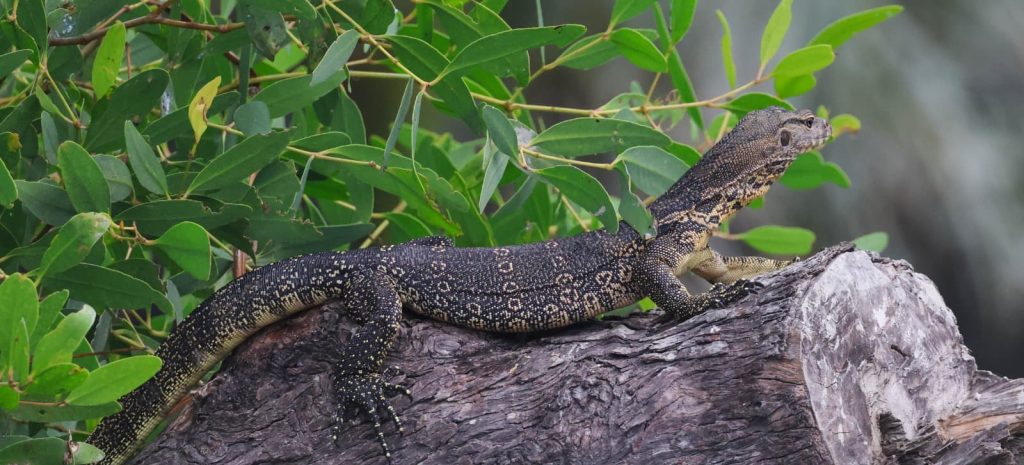
“The apathy towards nature and the growing extinction of its wildlife have become alarming trends. It is so disheartening to witness our collective failure at protecting Planet Earth—our home,” Tasfia says in a straight, clear voice with urgency and calm resolutions. But creativity isn’t confined to canvas or paper for Tasfia; it spills into photography and activism. Her Sundarbans campaign was an impromptu act of rebellion. “When I travel, I try to educate tourists and locals wherever I go. This campaign was inspired by the disregard I saw from visitors and the industrial encroachment threatening the forest,” she said.
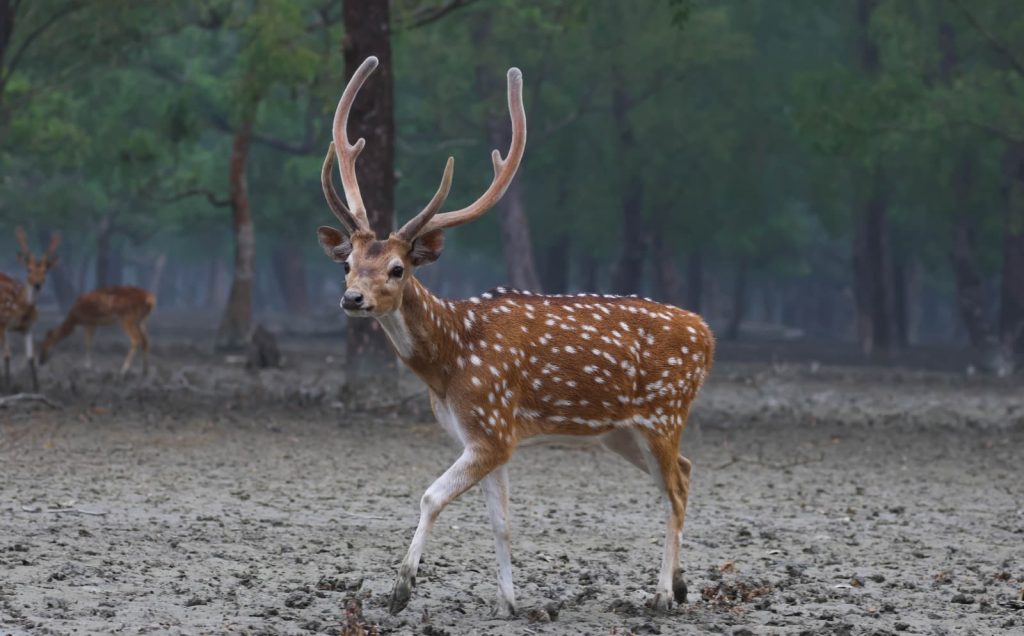
Her campaign was as impulsive as it was heartfelt. As Tasfia explored the Sundarbans, she decided to seize the day. “It felt right,” she recalls. She had hand-made placards etched with bold slogans, ‘Protect Our Forests’ and ‘No More Deforestation’, roaming along the trails and tourist-heavy spots such as Karamjal. “The Sundarbans isn’t just scenery for postcards. It’s a sanctuary, a lifeline. We can’t treat it like a backdrop.”
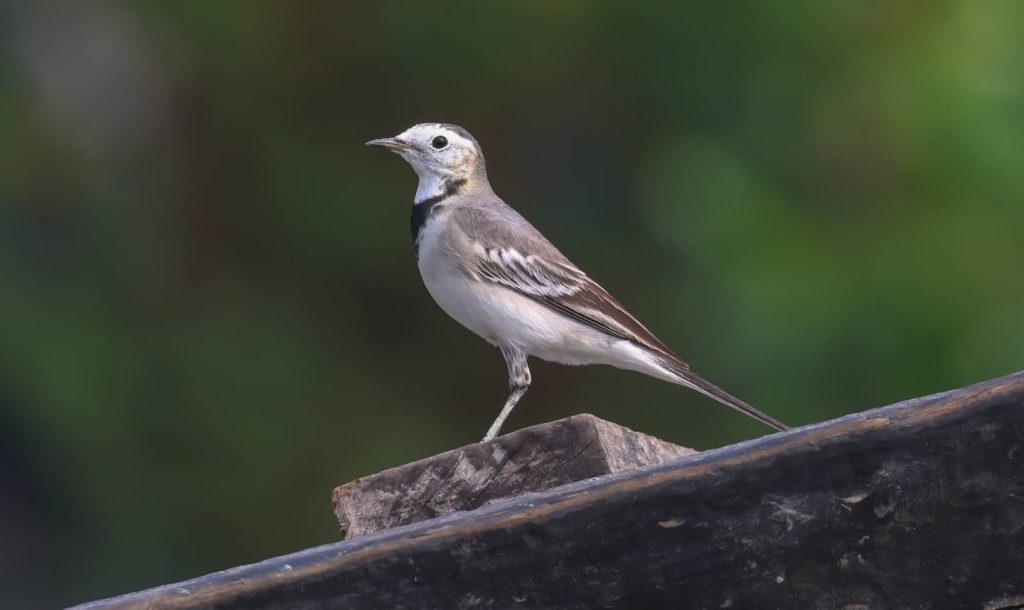
The response overwhelmed her. In Karamjal and Mongla, amidst the chatter of tourists and blaring speakers, Tasfia planted herself like an unyielding tree. “People were yelling, playing loud music, and littering. It felt chaotic,” she shares. At the same time, this did not make her turn back; instead, Tasfia approached clusters of tourists, cutting through with her soft-spoken demeanour amidst the noise. “To my relief, they listened. Even if it was for a while, I could see curiosity flicker in their eyes.”
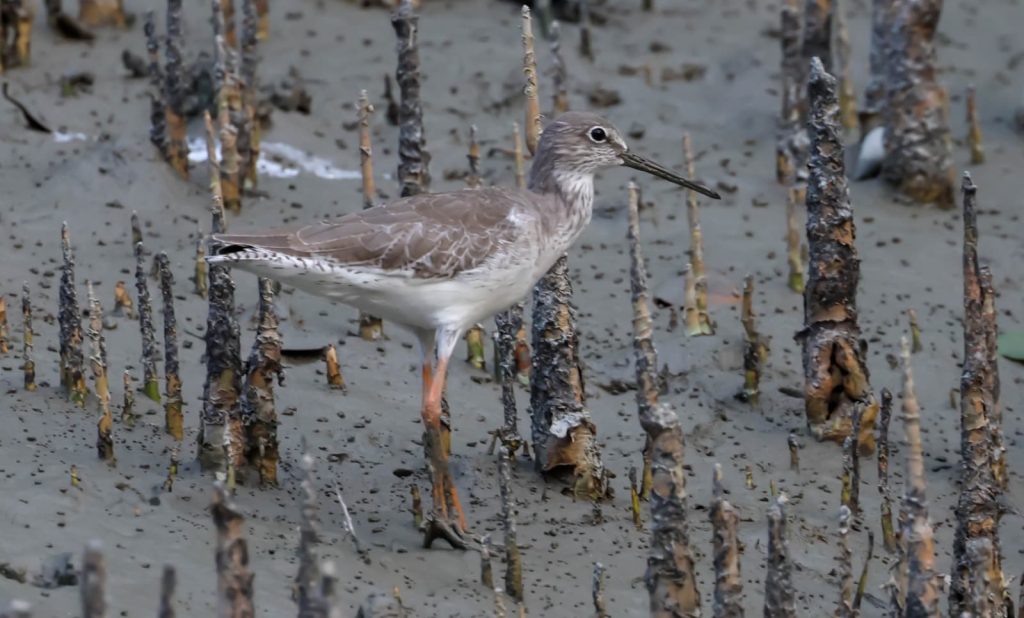
Tasfia’s camera, much like her placards, became a megaphone for the voiceless. Her favourite shot from the trip? A tender exchange between a mother monkey and her child. “It wasn’t the rarest scene, but it struck a chord. Simplicity has its own magic,” she reflects. For Tasfia, every click of the shutter carries weight. “Photography isn’t passive. It’s a visual call to action. One image can challenge indifference,” she opined.
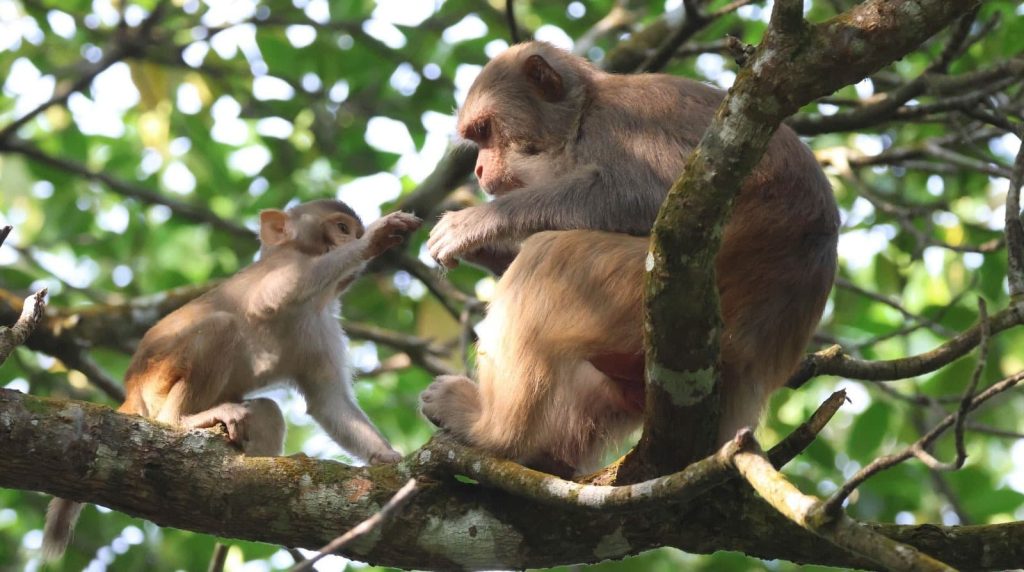
It’s way more than a hobby; to her, photography is a language. “Photography, for me, is just another art form,” she muses. Raised by a family of travellers, Tasfia had grown used to framing moments like the rarest souvenirs. “Art can be so temporary, but photography retains things we can’t,” she says. The world of wildlife photography in particular captured her interest with wonder and adrenaline combined. “It’s like going into another world, whose rules do not apply to us.”
She plans to further this movement through social media and exhibitions. “I want people to see these photos and think—how can I help?” she says. She dreams of doing an exhibition “where each photograph would fuel some environmental initiative or another, and the proceeds would go to some conservation effort.”
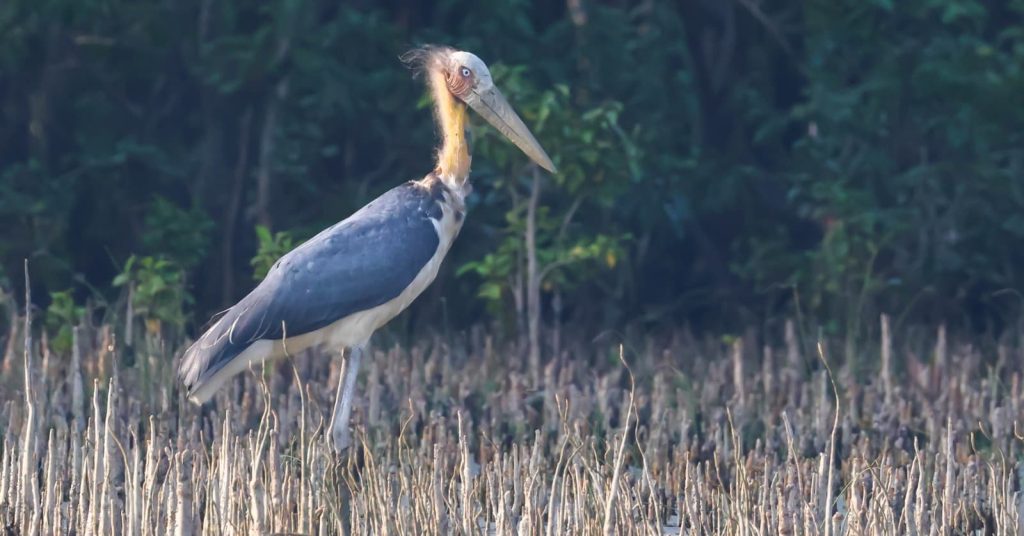
She reveals, wildlife photography is all about patience and determination; it is not as easy as whipping out the phone. There’s background work, and plenty of it—Tasfia digs deep into the behaviour of animals, timing, and mechanics of her gear. Her trusty tool? A Canon R7 with a 100-500mm zoom. “The sun can be ruthless, and the waiting is endless. But the right shot makes you forget all of that.”
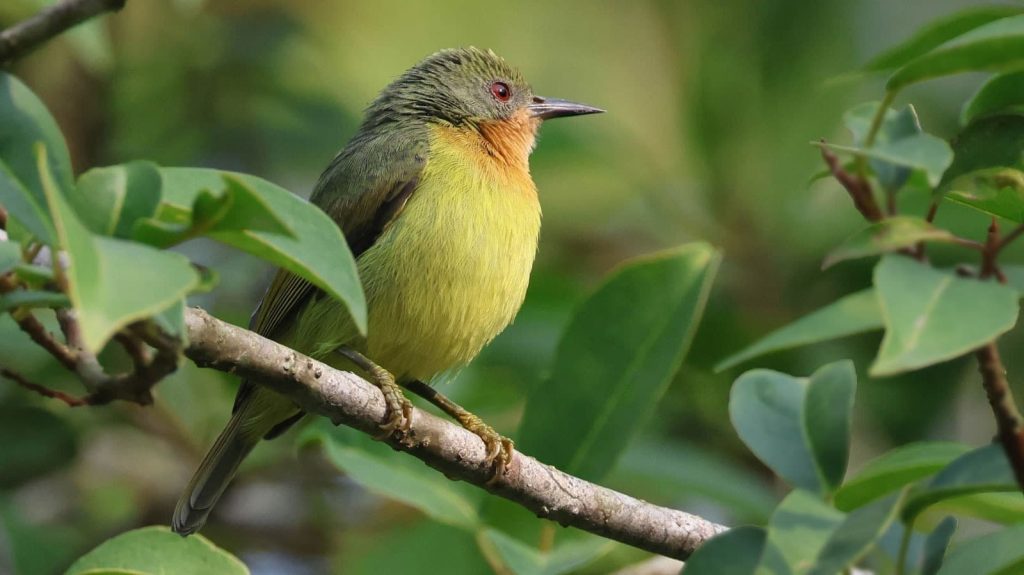
This is only the beginning for Tasfia. “I don’t see myself without photography or activism. I want to try street and portrait photography, but nature will always be my first love.” With plans for her campaigns to grow bigger, mingling them with more art, she dreams of the day when creativity and advocacy can dance together. “I want to campaign for more causes because activism isn’t a phase. It’s part of who I am.”
Her advice to aspiring changemakers is simple yet impactful: “Start with what you have. Educate the people around you. Every ripple counts.” To Tasfia, the youth aren’t just the future—they’re the catalysts of now. “If we don’t stand up, who will?”
The journey of Tasfia in the Sundarbans reminds us all that passion and purpose do not bear any relation to age. She shoots not only the beauty of nature but also the urge for protection. Through her eyes, the Sundarbans speak aloud, and she’s making sure the world hears.


